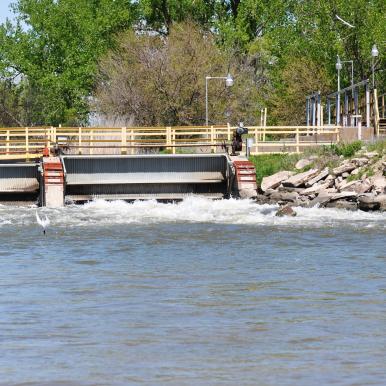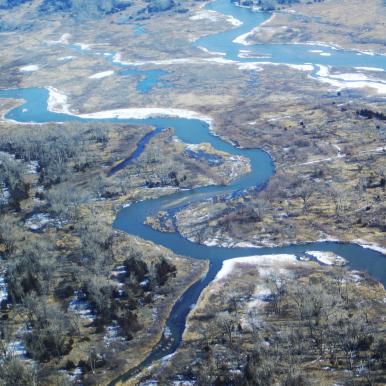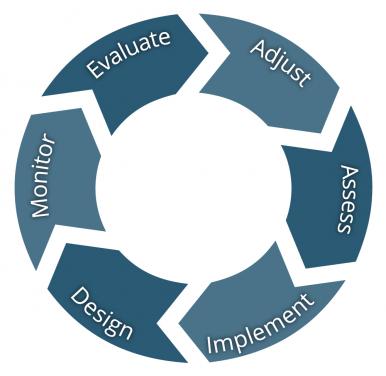In 1997, Colorado, Wyoming, Nebraska and the Department of Interior formed a unique partnership with the goal of developing a shared approach to managing the Platte River. Water users from the three states and local and national conservation groups joined the effort. Together, these stakeholders developed an innovative approach for improving the management of the Platte — for the health of the ecosystem and the people who depend on it.
The Platte River Recovery Implementation Program is the result of that planning effort. The Program is focused on implementing this shared vision for creating and maintaining habitats on the Platte.

Water Plan
The program's objective is to use incentive-based water projects to provide sufficient water to and through the central Platte River habitat area to assist in improving and maintaining habitat for the target species. During the first increment, the program will focus on re-timing and improving flows to reduce target flow shortages by an average of 130,000 to 150,000 acre-feet per year. In addition to the improved flow conditions, small pulse flows in the spring are intended to create vegetation-free sand bars suitable for plover and tern nesting.

Land Plan
The program objective during the first increment is to protect, restore and maintain 10,000 acres of habitat. The program's long-term objective for land is to acquire land interests, restore where appropriate, and maintain and manage approximately 29,000 acres of suitable habitat along the central Platte River between Lexington and Chapman. Land acquired during this increment will be credited to this long-term objective as will certain lands meeting criteria established by the Governance Committee but are managed by other entities, such as environmental organizations or utility and irrigation districts.

Adaptive Management Plan
An Adaptive Management Plan (AMP), which provides a systematic process to test hypotheses and apply the information learned to improve management decisions, is central to successful program implementation. The AMP was a collaboration between program partners and cooperators under the guidance of experts from around the country and is centered on priority hypotheses that reflect different interpretations of how river processes work and the best approach to meeting program goals.